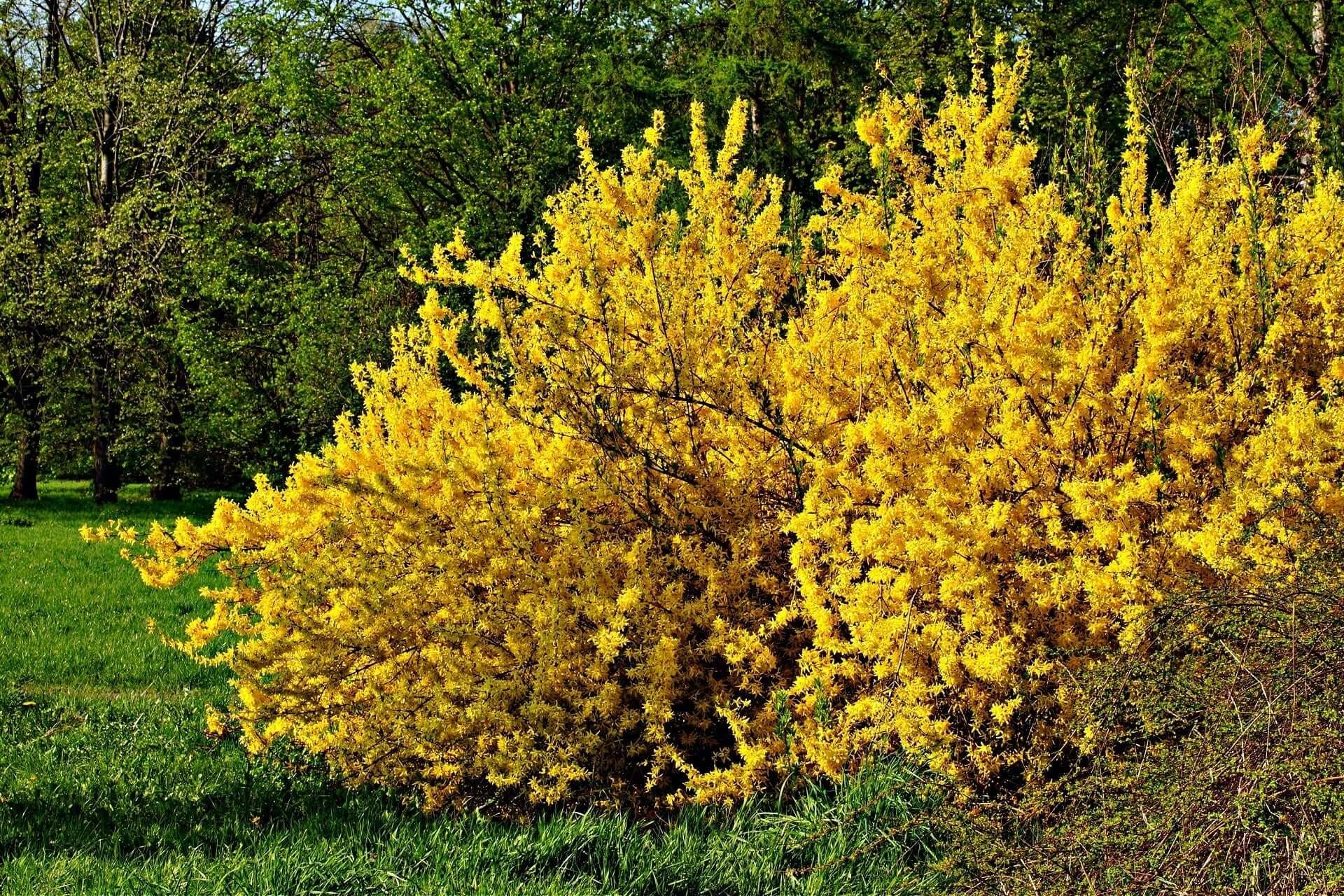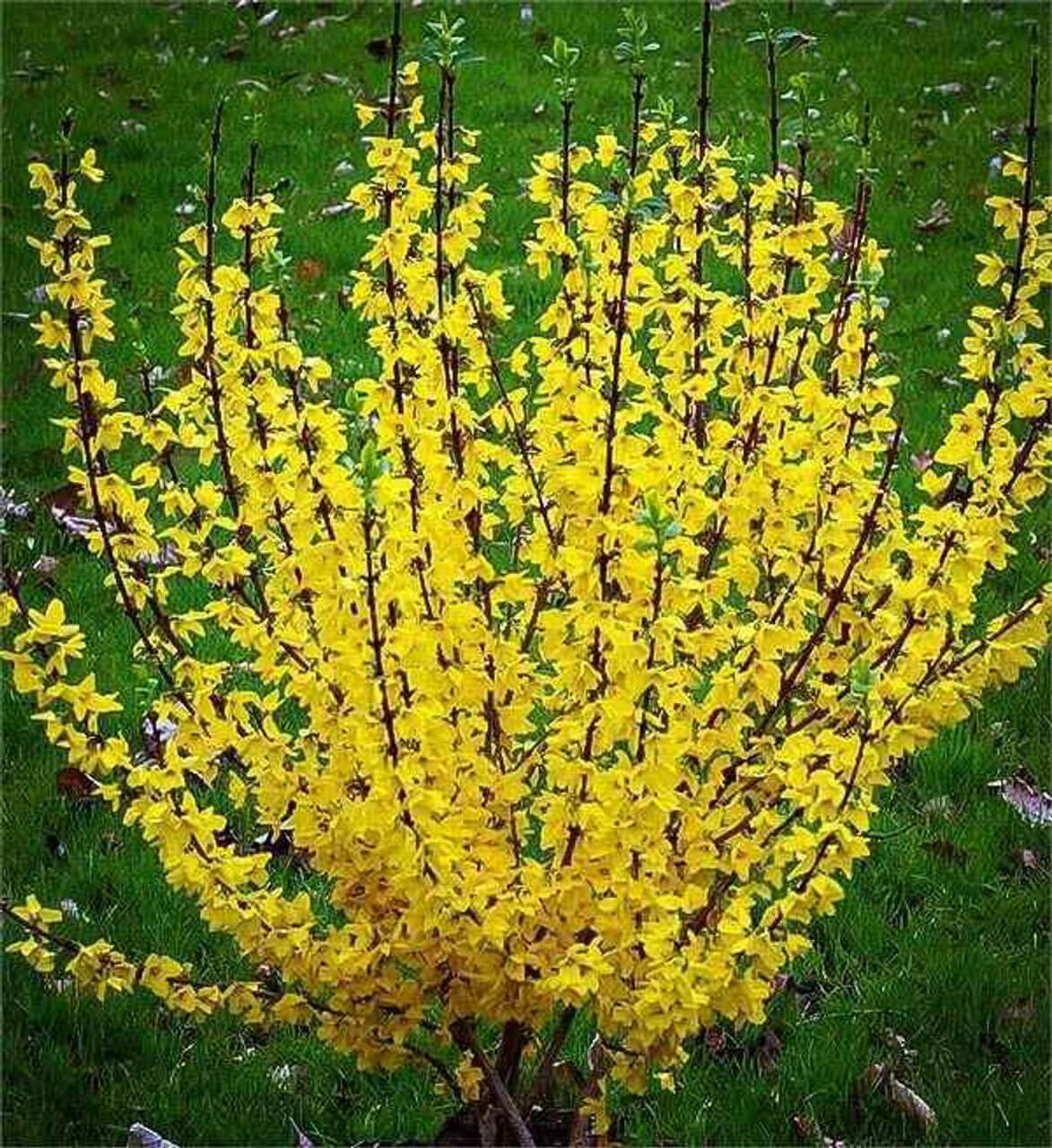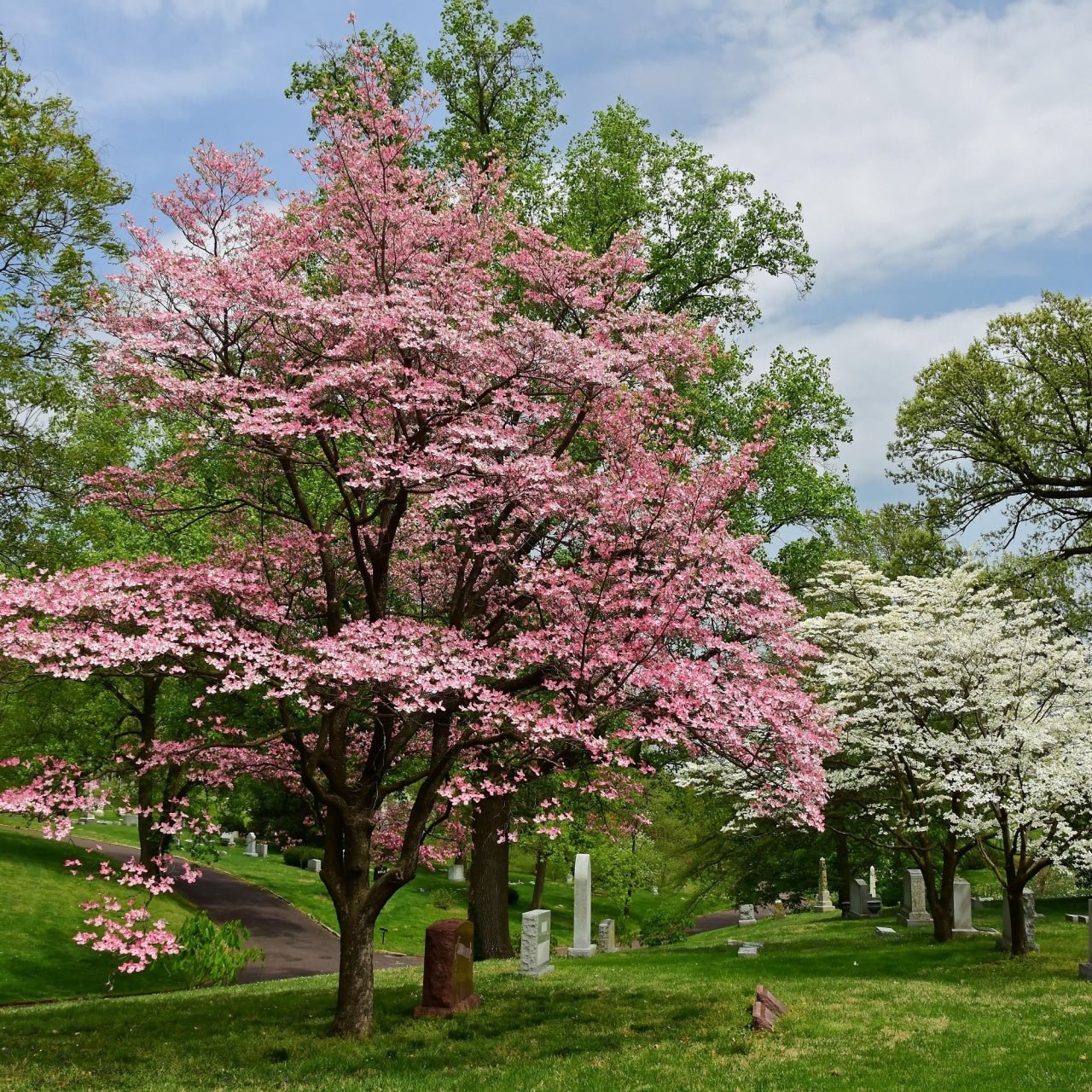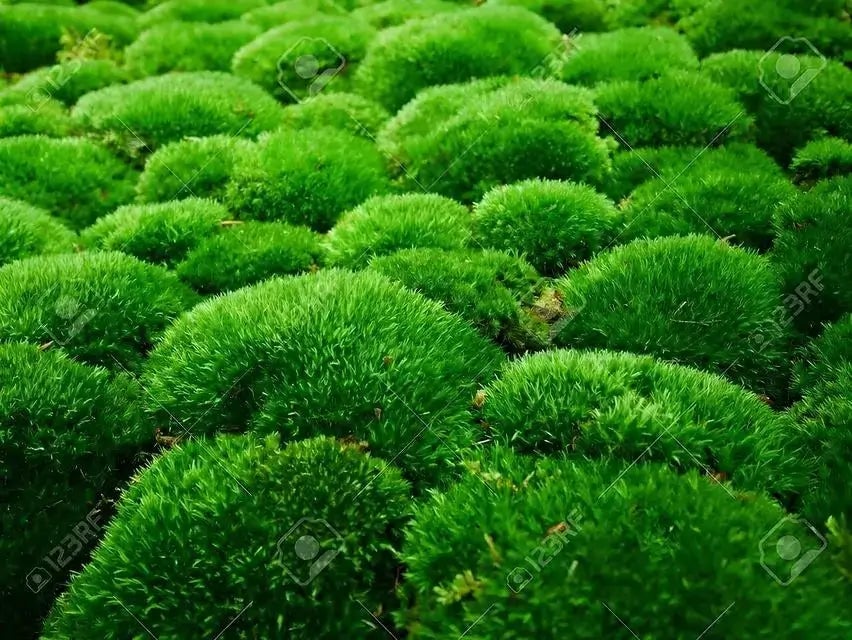The Golden Glory of Forsythia in the Landscape
As one of the first indicators of spring, Forsythia displays its spectacular golden-yellow blossoms before any leaves appear. Gardeners prize this deciduous shrub because its arching branches and bright early-season color transform landscapes from winter's dullness. They love this plant for its quick expansion and flexibility and use it for hedges, centerpieces, and background displays behind seasonal flowers. Forsythia requires minimal maintenance yet grows optimally in full sunlight and well-draining soil conditions.
Forsythia captivates gardeners with its bright blossoms and dynamic presence created by its naturally flowing form. Forsythia showcases a naturally loose structure where its branches fall gracefully and move softly when the wind blows. Together, they establish a vibrant golden field attracting people passing by and pollinating insects. Although Forsythia originates from East Asia, it has been adopted extensively across North America, where it thrives as a hardy and low-maintenance plant.
Mixing native plants with non-native varieties helps gardeners establish sustainable environments. Combining Forsythia with indigenous shrubs such as spicebush (Lindera benzoin) and serviceberry (Amelanchier arborea) sustains biodiversity and lengthens the flowering period. The fragrant yellow spicebush flowers enhance Forsythia’s color scheme, while serviceberry adds delicate white blossoms before producing berries that attract songbirds. This beautiful arrangement beautifies an area while simultaneously benefiting local ecosystems.
Pairing Forsythia With Native Trees, Moss, and Ferns
The show-stopping forsythia plant looks even better when combined with native trees and ground covers like mosses and ferns that grow well with it. The Eastern Redbud (Cercis canadensis) and dogwoods (Cornus florida) create depth in the landscape through a layered visual effect while providing seasonal interest. As Forsythia's golden flowers fade away, the vibrant purple redbud flowers appear, seamlessly transitioning from early spring to mid-spring colors. The elegant white or pink blossoms of dogwoods create a striking visual display by contrasting with the cheerful yellow blooms of Forsythia.
Combining groundcover plants and mosses creates a verdant carpet underneath Forsythia’s sweeping branches. Cushion moss (Leucobryum glaucum) and fern moss (Thuidium delicatulum), which are native moss types, prosper under the dappled shade cast by forsythia leaves during the latter part of its season. Ground covers like these mosses help preserve soil moisture while creating a peaceful woodland garden atmosphere. The velvety texture of these plants provides a stunning contrast to Forsythia's structured branches, which enhances the planting area's visual appeal.
Native fern species such as the Christmas (Polystichum acrostichoides) and cinnamon (Osmunda cinnamomea) are perfect partners for forsythia plants. Garden ferns add delicate leafy textures that create a rich contrast alongside the muscular appearance of forsythia plants. The intense green shades of fern fronds contrast the vivid blooms of Forsythia and its bright green summer foliage. Gardeners who mix ferns and moss with native trees and Forsythia will produce layered landscapes that stay attractive throughout all seasons.
Caring for Forsythia and Maintaining a Thriving Garden
Forsythia grows quickly, making it suitable for gardeners at any experience level. The plant flourishes best in full sunlight but will survive partial shade while producing its most abundant flowers when exposed to plenty of sun. Forsythia thrives best in well-drained soil but can grow in multiple soil types, such as clay and sandy soils. After establishment, it develops drought tolerance and needs little additional water unless there is an extended dry period.
Proper pruning is essential for keeping forsythia plants healthy and vibrant. Forsythia flowers develop on mature branches, so gardeners should prune them immediately following spring flowering. Pruning branches late in the season can eliminate next year’s flower buds, which will cause fewer blooms. By selectively pruning older base branches and shaping the shrub according to its natural form, gardeners can promote healthier growth and achieve better flowering in the next growing season.
Allowing Forsythia to expand naturally instead of forcing it into structured shapes results in a more organic garden appearance. Positioning native wildflowers such as trillium (Trillium grandiflorum) or wild columbine (Aquilegia canadensis) nearby results in a garden that acquires a relaxed, natural beauty that blends effortlessly into the surrounding landscape. Native flowers draw in pollinators such as bees and hummingbirds, strengthening the garden's ecological advantages.
The forsythia plant serves dual purposes as both an outdoor garden element and an excellent option for cut flowers. Late winter branches of Forsythia are placed in a vase with water to create early spring blooms indoors. Gardeners can use this method to experience Forsythia’s joyful blossoms indoors before they emerge in their outdoor gardens. The bright yellow flowers stand out vividly when placed next to green ferns or white flowering dogwoods and serve as a flexible option for garden displays and floral compositions.
Forsythia is key to creating a lively landscape with seasonal transformations when adequately maintained and paired with compatible plants. Including native trees, shrubs, mosses, and ferns in gardens helps create an environmentally balanced space that remains visually captivating throughout the year. Forsythia's bright yellow blossoms mark springtime's start, and its hardy nature guarantees it will enhance any garden space.
Read more
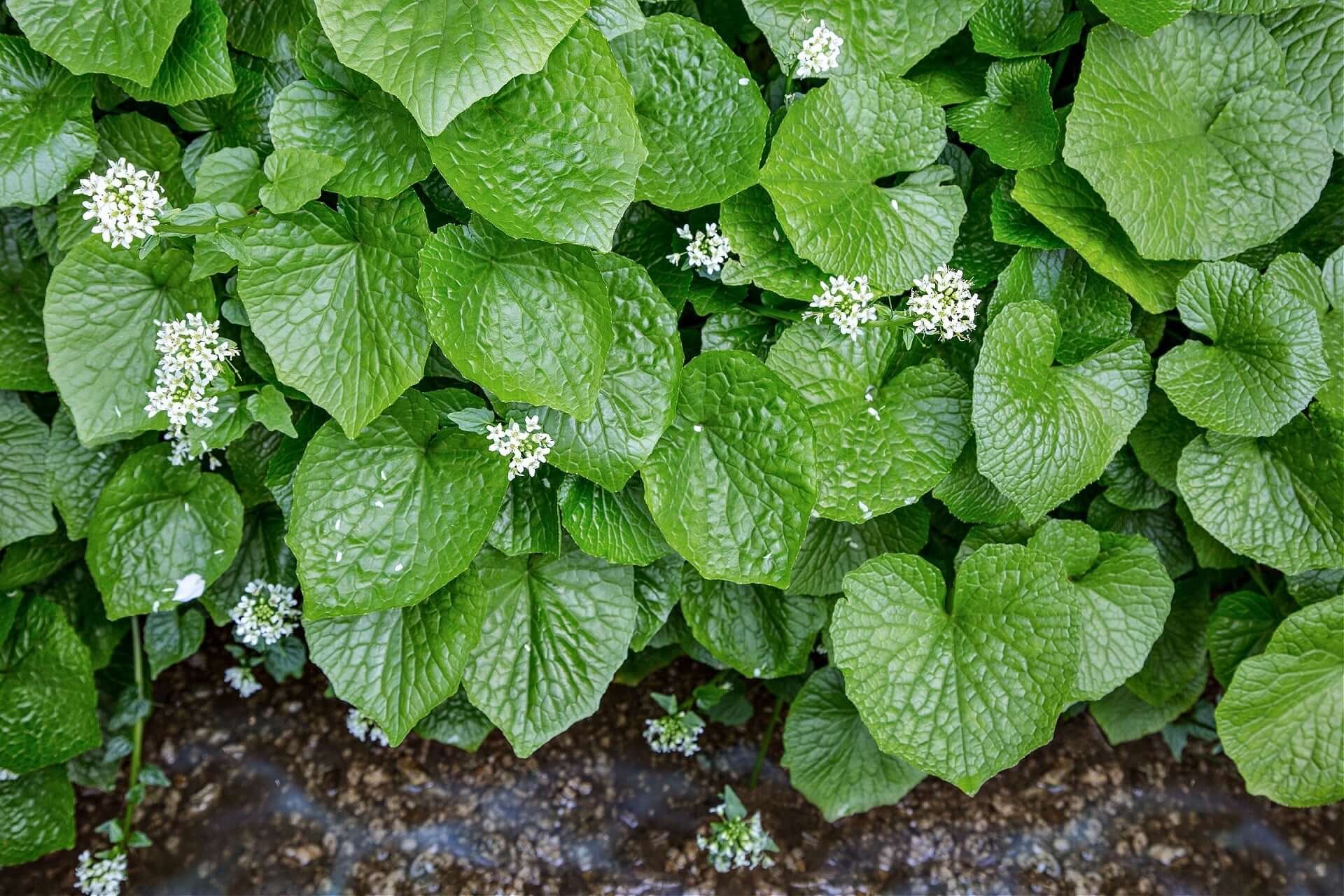
Effective wasabi integration into a garden landscape demands deliberate preparation, yet success can be achieved by mastering its hydration and shading needs while utilizing compatible native speci...
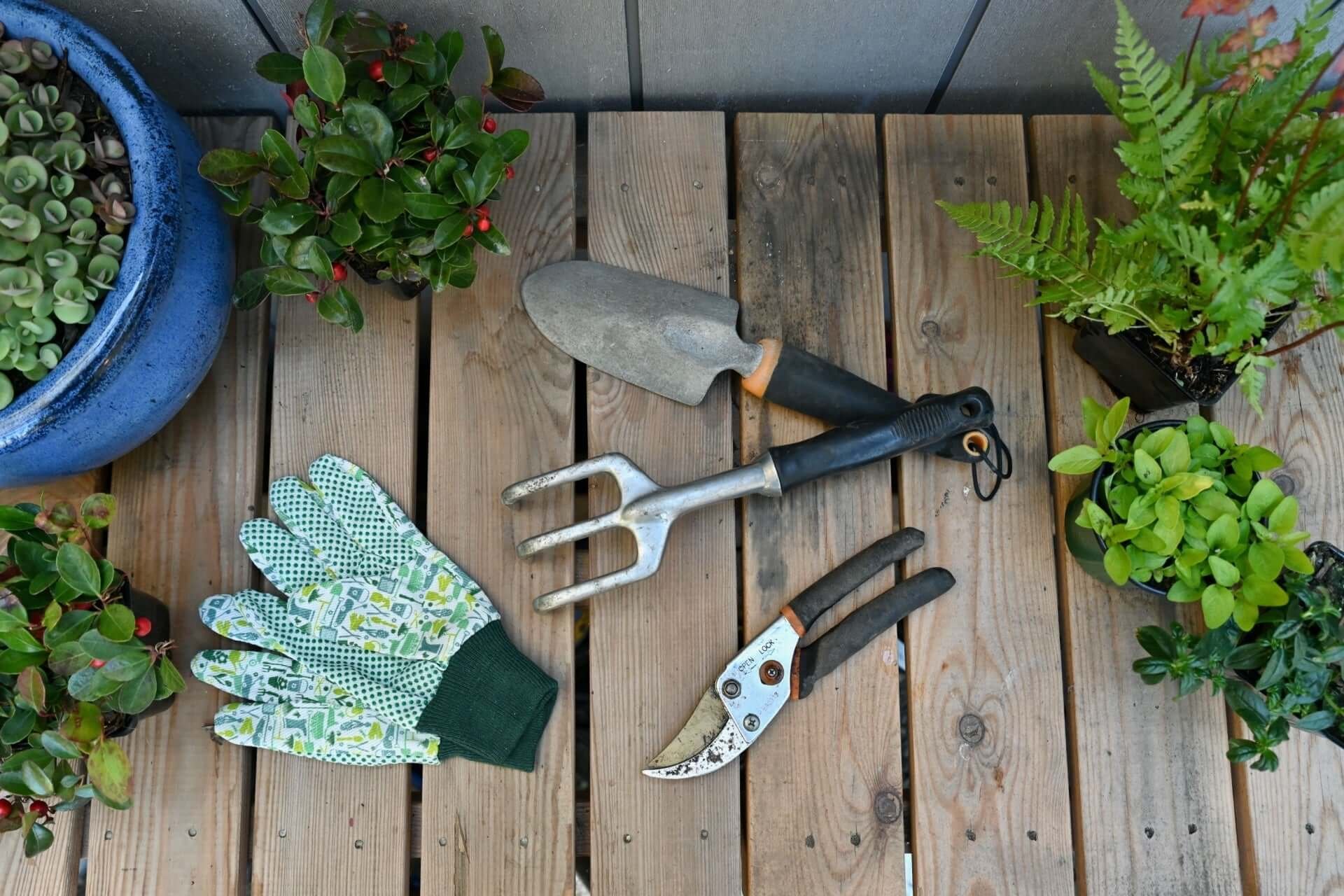
You can garden with a spoon and a bucket, but you won’t get far. Having the correct tools makes gardening so much easier and more enjoyable.


